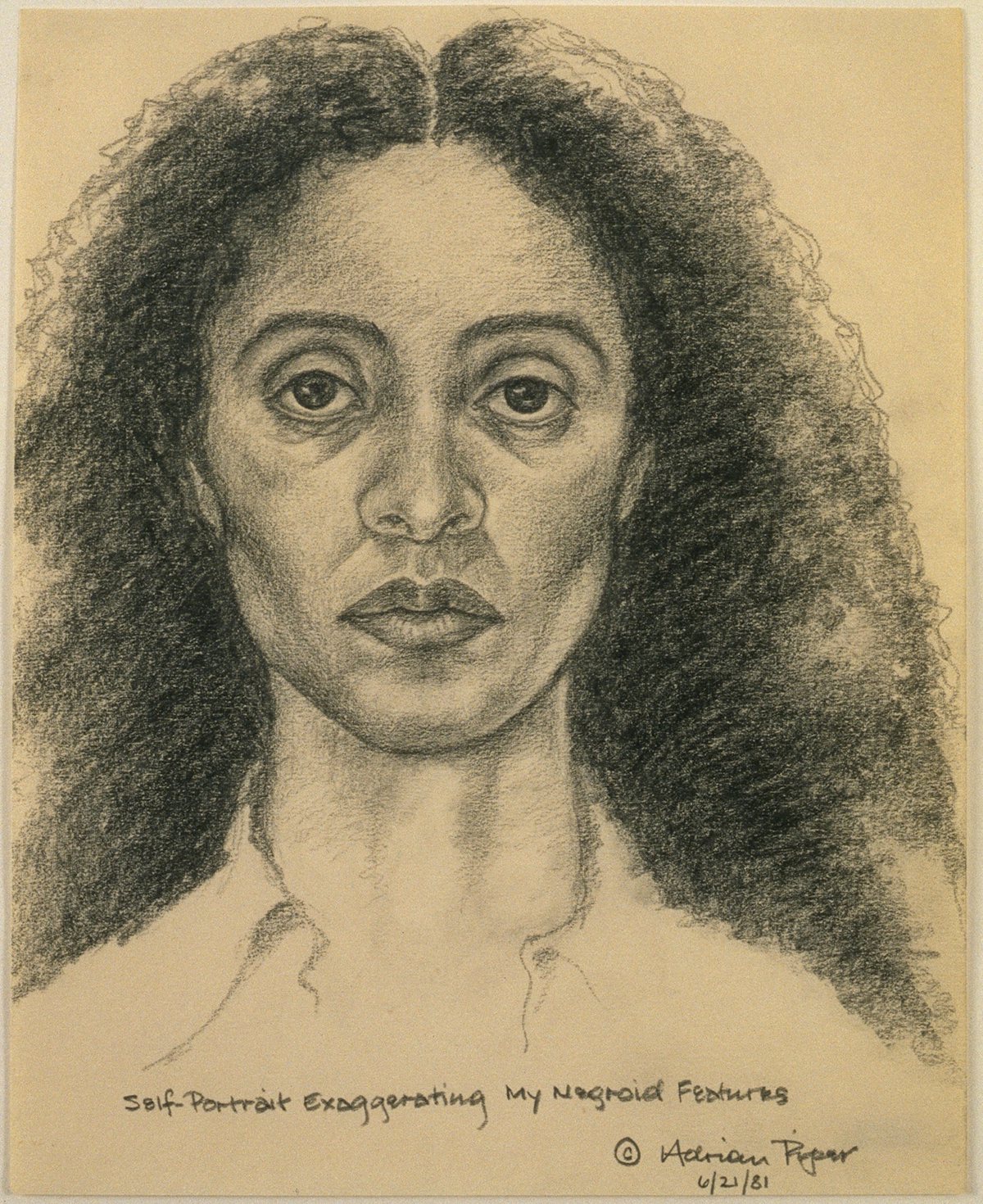The Major Demographic Shift That’s Upending How We Think About Race
The New Republic
2014-11-28
William H. Frey, Senior Fellow
Metropolitan Policy Program
Brookings Institution, Washington, D.C.
Reprinted with permission from Diversity Explosion: How New Racial Demographics are Remaking America by William H. Frey (Brookings Press, 2014).
The usual way that race labels are applied in the United States in everyday parlance and in government statistics fail to capture a phemenon poised to reshape how race is actually lived in America: the increase in multiracial marriages and births, which almost certainly will lead to more blended populations in future generations. As this trend continues, it will blur the racial fault lines of the last half of the twentieth century. The nation is not there yet. But the evidence for multiracial marriages and multiracial individual identity shows an unmistakable softening of boundaries that should lead to new ways of thinking about racial populations and race-related issues.
Sociologists have viewed multiracial marriage as a benchmark for the ultimate stage of assimilation of a particular group into society. For that to occur, members of the group will already have reached other milestones: facility with a common language, similar levels of education, regular interaction in the workplace and community, and, especially, some level of residential integration. This is what we saw with European immigrants from Italy, Poland, and Russia in the last century. After decades of being kept at arm’s length by “old” European groups such as those from Britain, Germany, and Scandinavia, the newer arrivals finally began to intermarry with the more established ethnic groups as they became more upwardly mobile and geographically dispersed. Hispanics and Asians differ from white Europeans, of course—most significantly, for these purposes, Americans tend to view them as racial groups rather than ethnic groups. And race divisions, especially between whites and blacks, have historically been far less permeable. So the blending of today’s new racial minorities through multiracial marriage is breaking new ground.
Multiracial marriages have been rising dramatically. In 1960 (before federal statistics enumerated Hispanics and before the 1965 legislation that opened up immigration to more countries) multiracial marriages constituted only 0.4 percent of all U.S. marriages. That figure increased to 3.2 percent in 1980 and to 8.4 percent in 2010. More than one in seven newlywed couples are now multiracial.
Amid this overall increase, the propensity to marry out of one’s racial or ethnicity varies. Among recently married whites, 17 percent were married to someone of another race, but for Hispanics and Asians, more than four in ten recent marriages are multiracial. Among minorities,blacks continues to have the lowest prevalence of multiracial marriages, a legacy of the anti-miscegenation statutes that persisted in 16 states until 1967, when the Supreme Court declared them unconstitutional in the landmark Loving v. Virginia decision. It was only after this ruling in the post–civil rights environment that black multiracial marriages began to rise noticeably, but among recent, typically younger marriages involving blacks, nearly three in ten were multiracial marriages, signaling an important breakthrough in the long history of black marital endogamy.
Especially noteworthy is the rise in white-black multiracial marriages: In 1960, white-black marriages amounted to only 1.7 percent of all black same-race marriages, but in 2010, they amounted to 12 percent. White-black relationships are even more prevalent among recent cohabiting couples…
Read the entire article here.


